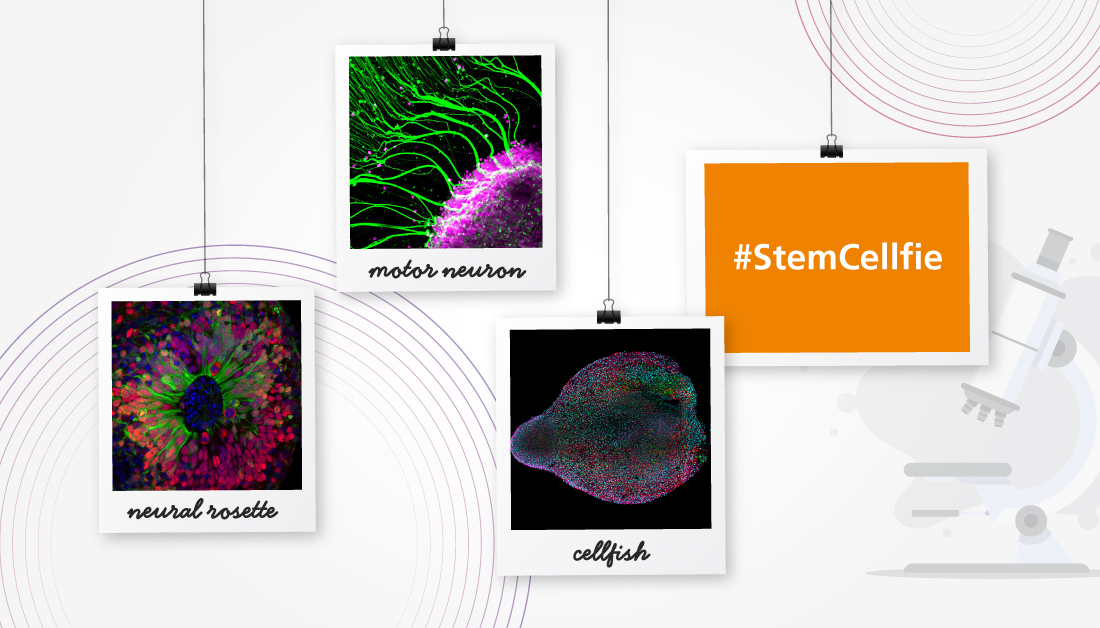Lendrum's Phloxine Tartrazine
for Viral Inclusion Bodies
This method is also used for the demonstration of Paneth cell granules, and may be used as a substitute for the HPS if the differentiation in the tartrazine solution is shortened to retain pink cytoplasm and muscle.
Materials
- Mayer’s hemalum
- Solution A
Material Amount Phloxine B 0.5 g Calcium chloride 0.5 g Distilled water 100 mL - Solution B
Material Amount Tartrazine to saturation 2-Ethoxy ethanol (cellosolve) 100 mL
Tissue Sample
5µ paraffin sections of formal sublimate fixed tissue is preferred. Formalin fixed tissue is suitable. Other fixatives are likely to be satisfactory.
Protocol
- Bring sections to water via xylene and ethanol.
- Stain nuclei to medium density with hemalum.
- Wash in tap water for 5 minutes. Blueing takes place in the phloxine solution.
- Place in solution A for 20 minutes.
- Rinse in tap water, blot almost dry. Some technologists rinse with cellosolve instead of blotting. The object is to remove all traces of water, as it interferes with the ability of tartrazine to extract phloxine and counterstain.
- Rinse with solution B to remove remaining water. Discard solution.
- Place in solution B until inclusions are red and all other tissue is yellow. The time varies considerably. Control microscopically.
- Rinse thoroughly but briefly with absolute ethanol.at this stage as it rapidly removes the tartrazine. Some technologists use cellosolve instead of ethanol.
- Clear with xylene and mount with a resinous medium.
Expected Results
- Nuclei – blue
- Acidophil virus inclusion bodies – red
- Paneth cell granules – red
- Background – yellow
Notes
- The 2-ethoxy ethanol must not be replaced by any other solvent.
- The 2-ethoxy ethanol must be, and must remain, completely anhydrous.
Safety Note
Prior to handling any chemical, consult the Safety Data Sheet (SDS) for proper handling and safety precautions.
References
- Bancroft, J.D. and Stevens A. (1982)
Theory and practice of histological techniques Ed. 2
Churchill Livingstone, Edinburgh & London, UK.







